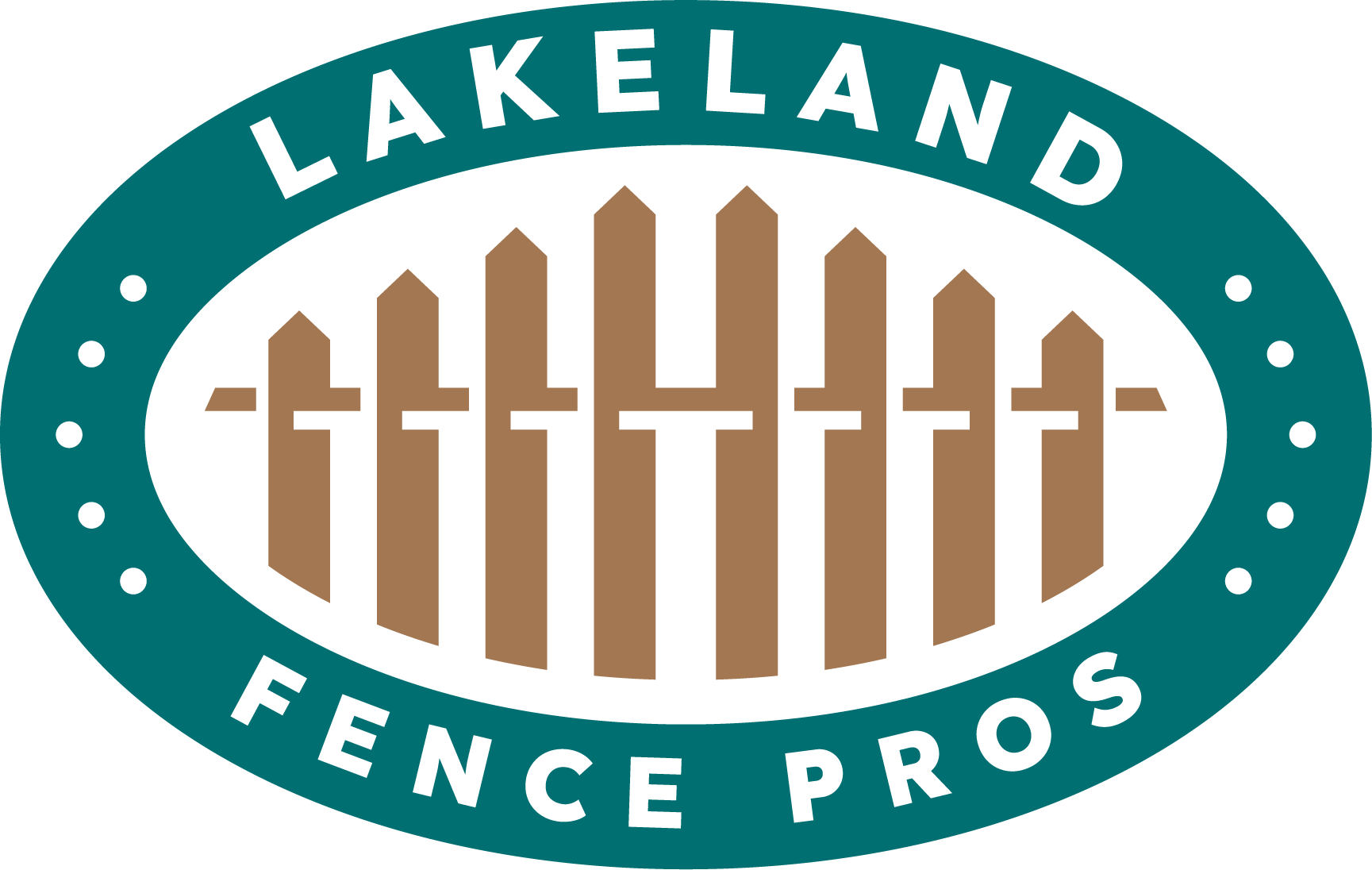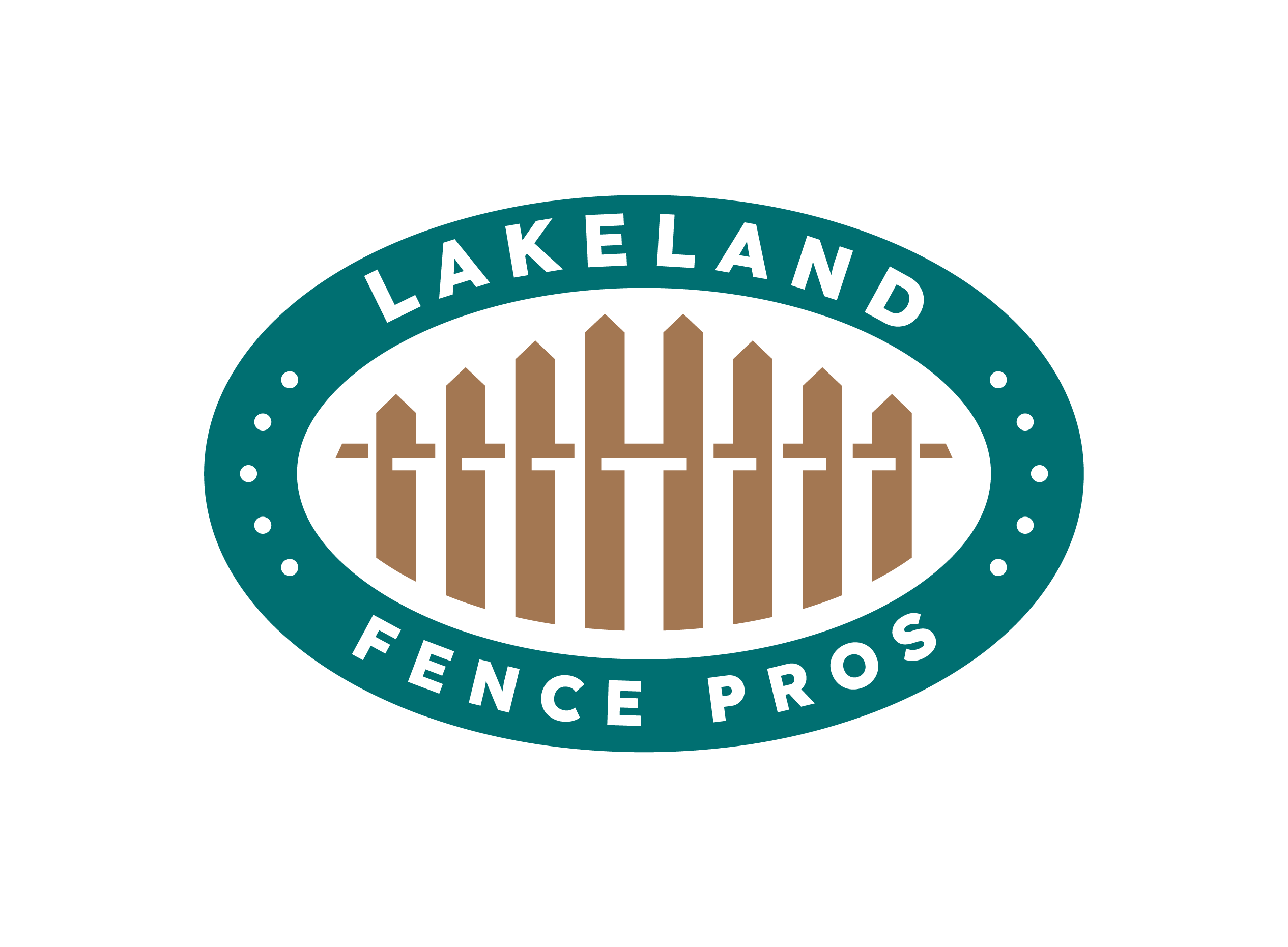Bamboo fencing has become a favorite choice for homeowners and property managers in Lakeland, Polk County, and Central Florida looking to add natural beauty, privacy, and eco-friendly charm to their outdoor spaces. Its versatile design, durability, and aesthetic appeal make it perfect for backyards, patios, pool areas, and garden spaces.
One common challenge is attaching bamboo fencing to a concrete wall without drilling, especially for renters or anyone looking to avoid damaging property. Luckily, with the right materials, techniques, and preparation, you can securely install bamboo fencing without drilling into concrete, ensuring a clean, functional, and visually appealing result.
This guide will walk you through everything you need to know, from materials and tools to step-by-step instructions, tips, and maintenance advice—all tailored for Lakeland, Central Florida homeowners, and DIY enthusiasts.
Why Choose Bamboo Fencing in Central Florida?
Before we dive into the installation process, it’s important to understand why bamboo fencing is a popular option in Lakeland and Polk County:
-
Durability in Humid Climates: Bamboo is naturally resistant to moisture, making it perfect for Florida’s humid conditions.
-
Eco-Friendly: Bamboo grows quickly and is a sustainable material.
-
Privacy: Bamboo panels create a dense barrier that effectively shields your backyard from neighbors or passersby.
-
Aesthetic Appeal: Its natural look complements gardens, pools, and outdoor patios.
-
Versatility: Bamboo fencing comes in panels or rolls, which can be cut to fit walls, fences, or railings.
In Central Florida, where heavy rain and sun exposure are common, bamboo fencing is a practical and attractive solution for both residential and commercial properties.
Materials and Tools Needed
Attaching bamboo fencing to a concrete wall without drilling requires specific materials and tools. Here’s what you’ll need:
Materials:
-
Bamboo fence panels or rolls (pre-cut or custom-sized)
-
Heavy-duty outdoor adhesive or construction-grade glue (suitable for concrete)
-
UV-resistant cable ties or zip ties (optional for added security)
-
Foam padding or weather-resistant backing (optional for uneven walls)
-
Outdoor-rated sealant (optional for extra durability)
Tools:
-
Measuring tape
-
Pencil or chalk for marking wall
-
Level
-
Rubber mallet
-
Scissors or wire cutters (for trimming cable ties)
-
Gloves and protective eyewear
Step 1: Plan and Measure Your Space
Proper planning is key to a successful bamboo fence installation.
-
Measure the Wall: Use a tape measure to determine the height and width of the concrete wall you want to cover.
-
Check for Obstacles: Note any light fixtures, outlets, or uneven surfaces that may affect the installation.
-
Choose Fence Orientation: Bamboo panels can be installed vertically or horizontally, depending on aesthetic preference. Vertical installation often provides more privacy, while horizontal adds a decorative touch.
-
Calculate Materials: Knowing the wall’s dimensions helps determine how many bamboo panels or rolls you need. Add extra material to account for trimming or adjustments.
Planning ahead ensures a smooth installation and reduces wasted materials or time.
Step 2: Prepare the Concrete Wall
Before attaching the bamboo fencing, prepare the concrete surface:
-
Clean the Wall: Remove dirt, dust, and debris using a stiff brush or garden hose. A clean wall ensures the adhesive bonds properly.
-
Dry the Wall: Allow the wall to dry completely before applying adhesive. Moisture can weaken the bond.
-
Smooth Rough Spots: Use sandpaper or a leveling compound to even out rough areas if needed.
A clean, dry, and smooth wall surface is crucial for a secure, long-lasting attachment.
Step 3: Apply Adhesive
Using construction-grade adhesive is a reliable method to attach bamboo fencing without drilling.
-
Choose the Right Adhesive: Look for a strong, waterproof adhesive rated for outdoor concrete surfaces.
-
Apply the Adhesive: Following the manufacturer’s instructions, apply a generous bead of adhesive along the back of the bamboo panel. Focus on edges and contact points for maximum hold.
-
Press the Panel: Carefully press the bamboo panel onto the concrete wall, ensuring even contact.
-
Hold in Place: Apply gentle pressure or use temporary clamps (or foam padding) to keep the panel in place while the adhesive sets.
Pro Tip for Polk County Homes: In Florida’s humid climate, allow extra curing time to ensure the adhesive fully bonds under outdoor conditions.
Step 4: Level and Align Panels
For a professional look, it’s essential to ensure all bamboo panels are straight and level.
-
Use a level to check vertical or horizontal alignment.
-
Make small adjustments before the adhesive fully sets.
-
For walls longer than a single panel, stagger or align subsequent panels carefully to maintain continuity and uniformity.
Even a slight misalignment can affect both the appearance and stability of your bamboo fence.
Step 5: Secure with Cable Ties (Optional)
While adhesive can hold bamboo fencing effectively, adding cable ties can provide extra security, especially in windy areas.
-
Loop UV-resistant cable ties around the bamboo slats and anchor points on the wall, such as existing metal hooks, rails, or installed eye screws.
-
Trim excess tie ends with wire cutters.
This extra step is especially helpful in Central Florida, where occasional storms or heavy winds may challenge less secure panels.
Step 6: Trim and Adjust Panels
Once your bamboo panels are attached, you may need to trim excess bamboo to fit around:
-
Wall edges
-
Gates or doors
-
Lighting fixtures or vents
Use a fine-tooth saw or garden shears for clean cuts. Make sure edges are smooth to prevent splinters or sharp points.
Step 7: Apply Sealant for Longevity
Bamboo exposed to outdoor elements can last longer when treated:
-
Apply a UV-resistant sealant to protect the bamboo from sun and rain.
-
Seal both front and back for maximum durability.
-
Reapply annually or after extreme weather events for best results.
Proper sealing ensures your bamboo fence maintains its natural color and resists moisture damage.
Step 8: Add Decorative and Functional Touches
Once your bamboo fence is installed, consider these enhancements:
-
Outdoor Plants: Vines or potted plants can soften the look of the bamboo while adding privacy.
-
Lighting: Solar-powered lights can enhance ambiance without requiring wiring through the wall.
-
Garden Art or Screens: Mount decorative items on bamboo for a personalized touch.
These small adjustments make your backyard more inviting while leveraging the privacy and natural appeal of bamboo fencing.
Step 9: Maintenance Tips
Maintaining a bamboo fence is straightforward but important in Central Florida’s climate:
-
Regular Cleaning: Remove dust and debris using a soft brush or damp cloth.
-
Inspect Adhesive: Check for peeling or loose panels, especially after heavy rain or storms.
-
Reapply Sealant: Annually or as needed to prevent UV damage and moisture infiltration.
-
Avoid Excessive Force: Don’t lean heavy objects against the fence; bamboo can crack under pressure.
Consistent maintenance will extend the life of your bamboo fencing and keep it looking beautiful year-round.
Benefits of No-Drill Bamboo Fence Installation
Choosing a no-drill method for Lakeland homes and businesses offers several advantages:
-
Non-Damaging: Keeps concrete walls intact, ideal for rental properties or historic structures.
-
Quick Installation: Saves time compared to drilling and anchoring bolts.
-
Flexible: Easy to reposition or remove panels as needed.
-
Cost-Effective: Reduces labor and tools needed for installation.
No-drill bamboo fencing is especially practical for homeowners in Polk County who want to enhance outdoor spaces without permanent alterations.
Common Challenges and Solutions
Even with a no-drill installation, a few challenges may arise:
-
Uneven Walls: Use foam padding or spacers behind panels for stability.
-
Wind Damage: Secure panels with cable ties or outdoor-grade adhesive for extra reinforcement.
-
Moisture Issues: Ensure walls are dry and use waterproof adhesives to prevent loosening.
-
Panel Misalignment: Measure carefully and use a level to maintain straight lines.
Addressing these issues proactively ensures a smooth installation and long-lasting fence.
Locally Relevant Tips for Lakeland and Central Florida
-
Weather Considerations: Central Florida experiences heavy rain and occasional storms; choose UV-resistant and waterproof adhesives.
-
Pest Resistance: Bamboo naturally resists insects, but sealing panels helps prevent termite and ant damage.
-
Landscape Integration: Combine bamboo fencing with native Florida plants like palm trees, crotons, or bougainvillea for a cohesive backyard design.
-
Home Value: A well-installed bamboo fence can enhance both privacy and property appeal, making it attractive to potential buyers.
By considering the local climate and landscape, your bamboo fencing project will thrive for years.
Conclusion
Attaching bamboo fencing to a concrete wall without drilling is a practical, safe, and attractive solution for homeowners and property managers in Lakeland, Polk County, and Central Florida. By following these steps—planning, preparing the wall, using construction-grade adhesive, leveling panels, and adding optional cable ties—you can achieve a secure and visually appealing bamboo fence.
Regular maintenance, including cleaning, sealing, and inspection, will prolong the fence’s lifespan, protect against the humid Florida climate, and preserve its natural beauty. No-drill bamboo fencing provides privacy, style, and eco-friendly charm while avoiding permanent alterations to your concrete walls.
For Lakeland homeowners and Central Florida property managers, this method offers a cost-effective, durable, and aesthetically pleasing fencing solution that complements any outdoor space.
With careful planning, the right materials, and attention to detail, your bamboo fence will enhance your backyard or patio, providing a natural, serene, and private environment for years to come.
Read more: Barbed Wire Fences Installation

